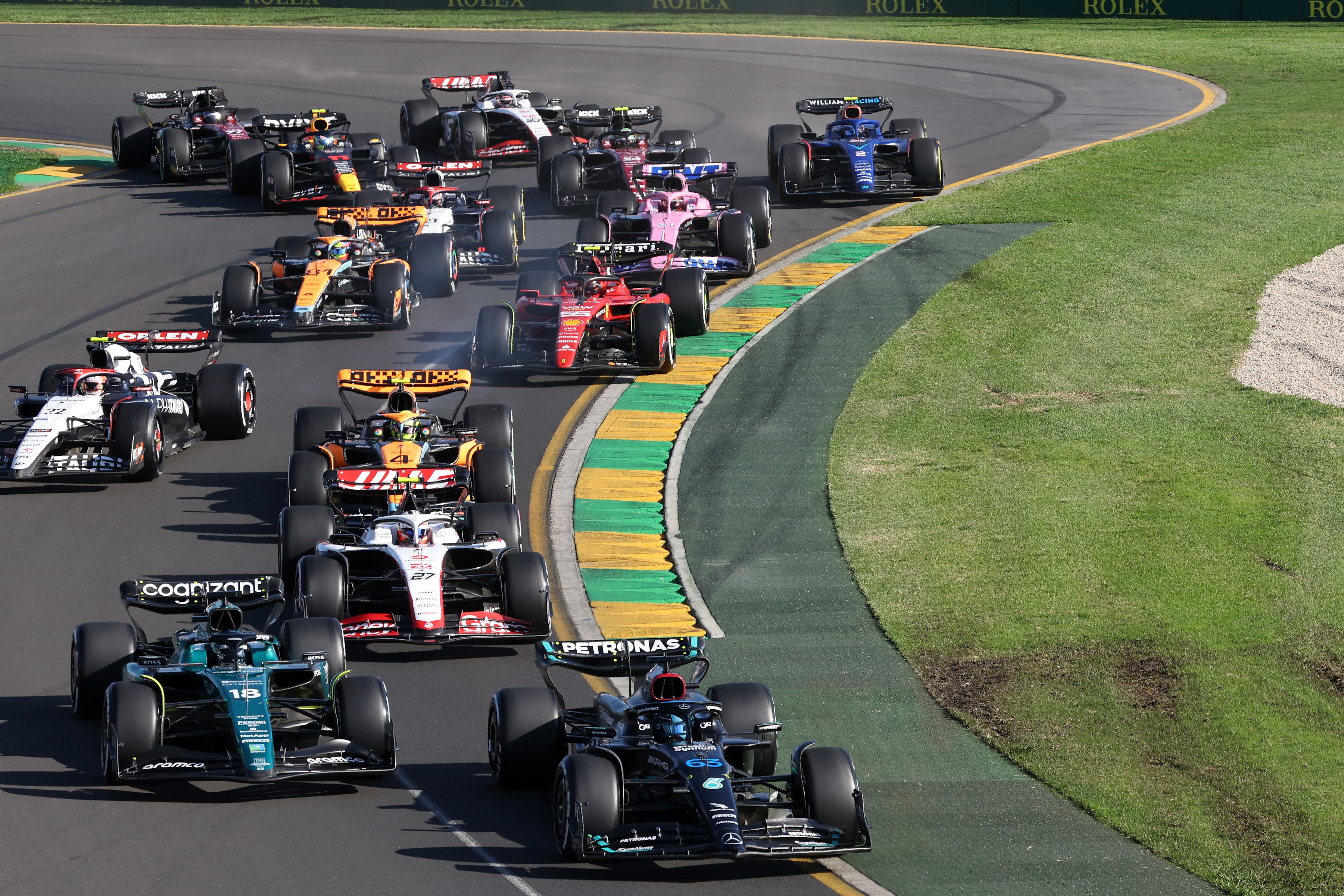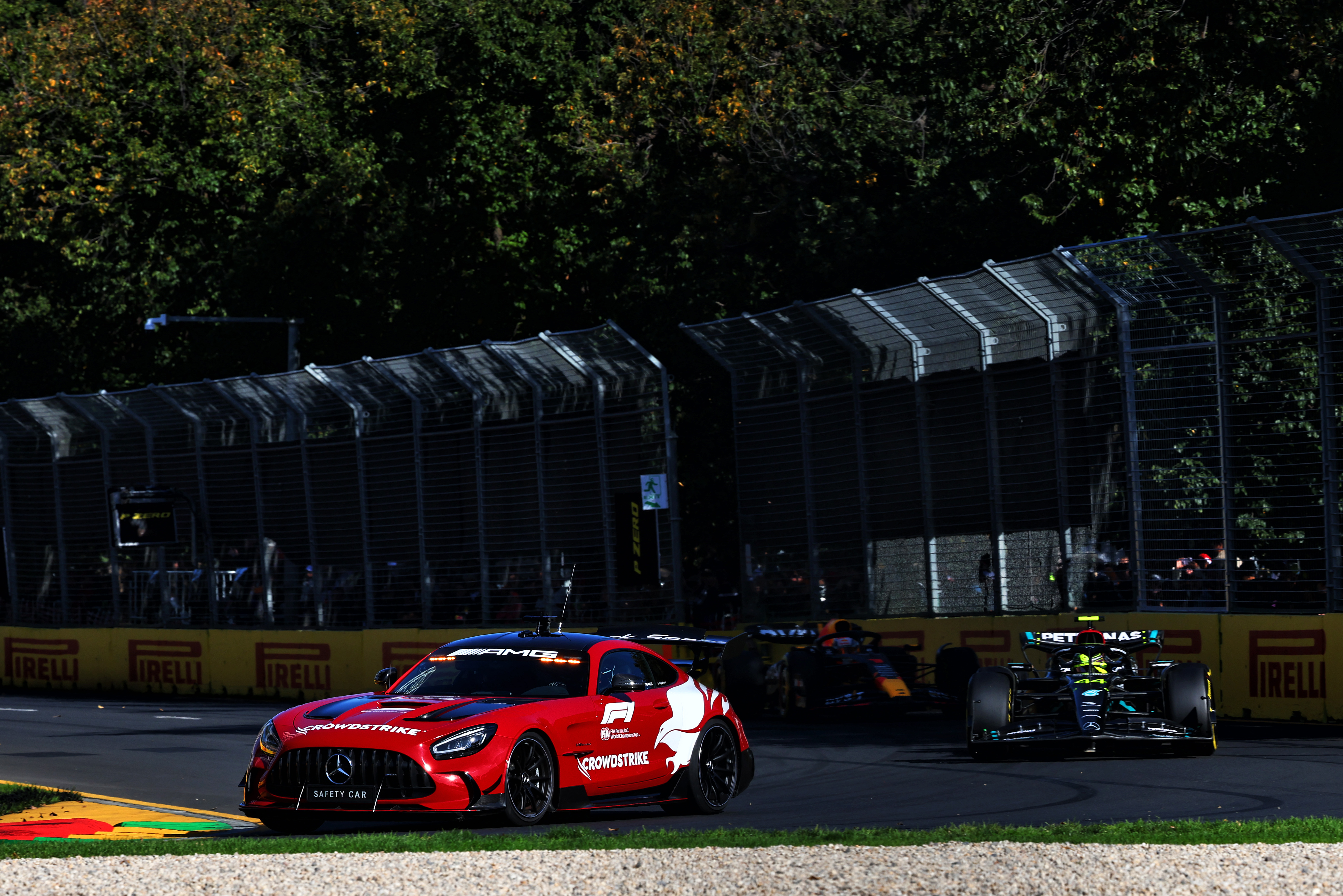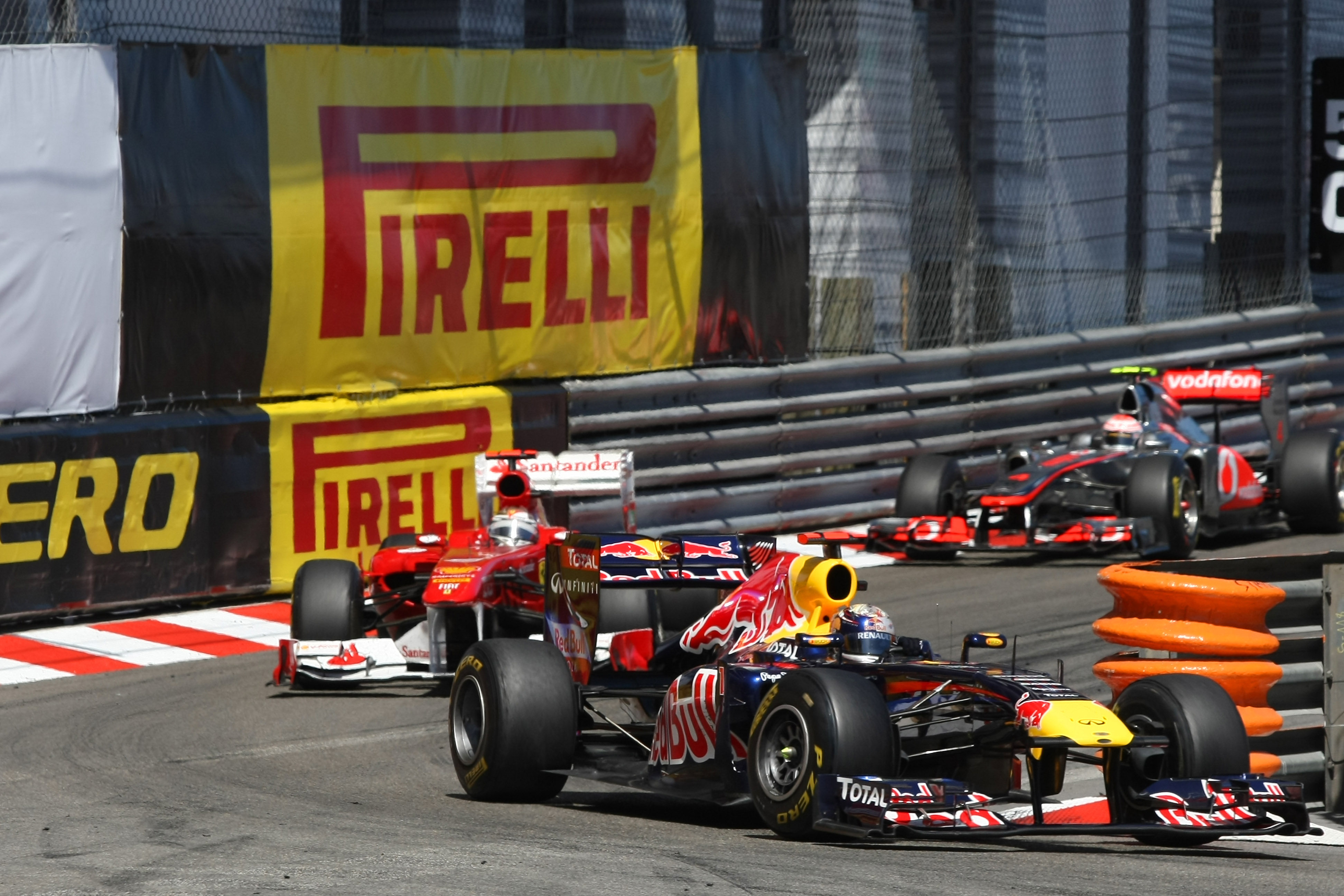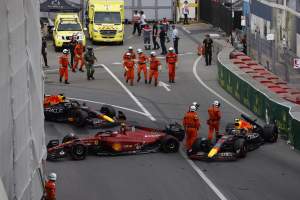Up Next

The Australian Grand Prix was another wake-up call for the FIA that something needs to be done with the use of virtual safety cars, safety cars and red flags.
Nobody, including the teams and probably even the FIA, seems to have a firm handle on what should happen in certain situations and that lack of clarity makes it unfair. A complete review is needed.
This should start with how qualifying is treated. While that wasn’t a huge problem in Australia this year, it has been a consistent issue and will be again. There have been many times when the red flag is thrown and any driver on a flying lap loses it through no fault of their own. While sometimes it can be beneficial, you can also be on the wrong side of this and more could be done to reduce the chances of it happening.
Qualifying is about using the set of tyres you’ve got to the maximum. If a red flag has to come out in qualifying, it only needs to begin at the start/finish line and cover from there to the accident. So if, say, someone has crashed at Turn 6 at Albert Park, which is where Alex Albon crashed in the race, and you are beyond that point you are allowed to complete the lap.

This will not only be fairer and reduce the number of drivers who lose out but also eliminate any possibility of a driver who might not be improving deciding to cause a stoppage. Infamously, Michael Schumacher did that at Monaco in 2006 and there were unproven suspicions, certainly in the Verstappen camp, that Sergio Perez did the same at Monaco last year.
There’s also the option of using VSCs in qualifying to allow evaluation of an incident or a quick clearance. There will be times when that is a quicker option, and it means that drivers can at least keep the temperature in the brakes and tyres so should not be discounted.
When it comes to red flags in races, the Australian Grand Prix highlighted various problems. Firstly, we saw George Russell and Carlos Sainz pit from first and fourth places respectively under the safety car when Alex Albon hit the wall. This was the right call by those teams and drivers. But when it was unexpectedly upgraded to a red flag shortly afterwards, that compromised their strategies.
This is because they lost places, with Russell dropping to seventh and Sainz 11th, while others got the ‘free’ pitstop under the red flag. So with the lack of continuity in decision-making by the FIA there’s no way to get that kind of call right. The pitwall was correct in bringing them in, but ultimately it proved to be disastrous strategically.

The tyre change under red flags gives too many a get-out-of-jail-free card. The logic for allowing tyre changes is sound because there are safety concerns, with the risk of punctures or tyre damage that could lead to a puncture raised by the fact that the red flag could have been caused by an incident that left debris on the track.
But the solution would be that you have to fit the same compound tyres during a red flag stoppage. That way you don’t save a pitstop by using the red flag to comply with the two compounds rule. Then, if you haven’t met the two-compound regulation, you will have to stop again.
The teams don’t always have too many spare sets of tyres laying around, but that’s just a matter of planning as the weekend progresses, so I’m sure it’s not impossible. The tyre allocations could even be modified to make this possible.
As for the other circumstances, let’s look at the safety car and VSC.
For the VSC, I would say that if it is used it has to stay in place until all cars pass the pit entrance line. That way, it removes the advantage of someone being in the right place at the right time and dipping in for a much cheaper pitstop at the expense of all the other drivers.
The safety car should only come into play when the above VSC lap has been completed. That would give it a 99.99% chance of being able to exit the pits and pick up the lead car immediately. Currently, that seems well beyond the technology they are using.

Also, one of my pet hates is wasting so much time behind the safety car letting the lapped cars back through onto the lead lap. We also know from the last race of 2021 that this can cause serious consequences to the outcome of any event. It would be much simpler and easier to just move them behind the lead lap cars, as a group they are still in the correct order so no big deal.
The red flag tyre-change rule has created some interesting results in the past in F1. Remember, Romain Grosjean’s sixth place in Australia 2016 on the Haas team’s debut happened because of that. But it’s also ruined some potentially great races. In Monaco in 2011, the race was perfectly set up with Sebastian Vettel leading from Jenson Button and Fernando Alonso in reverse order of tyre pace, but then Vitaly Petrov crashed and the restarted race was effectively neutralised.

That’s why F1 needs to be very careful with how it approaches the regulations and what exists for safety and sporting reasons, and what is there to spice up the show. F1 is going too far in the direction of NASCAR. A black-and-white set of regulations where everybody knows where they stand is what’s needed.
Take the two-lap restart at the end of the race in Melbourne. I’ve never been a fan of standing restarts because drivers have worked hard to get themselves into a position and could lose it all as a result.
Had the race not been red-flagged yet again, Fernando Alonso would have lost his podium through no fault of his own, and on top of that, the countback rule that should be used is open to a bit of interpretation.
A standing restart is the most vulnerable situation for drivers. You aren’t in control of those around you and there are plenty of drivers who in those last couple of laps will be desperate to make gains. Add to that cooling conditions making it harder to get the brakes and tyres up to temperature and you have a recipe for incidents.
There should be one start from the grid at the beginning of the race, but after that it should be either VSC interludes, which means the cars would still be separated by roughly the same track distance as before the interlude, and safety-car restarts. With them, the field still gets closed up, but at least you will restart in your rightful position in single file and carry on from there.
The race should be about what happens in green-flag conditions between the lights going out and the chequered flag. Just because some random factors that get in the way can create some exciting results doesn’t mean multiple standing starts should happen.
That’s why you need clarity in why red flags are thrown, given you could legitimately argue that the Kevin Magnussen crash could have been covered by a safety car. Yes, it would be a shame that the race would have therefore finished under the safety car, but sometimes that happens.

You could also say that in my career I benefitted from these situations. But take the example of Brazil 2003, where at Jordan we brought Giancarlo Fisichella in under the safety car to refuel knowing he could get to the 75% race distance after which a red-flagged race would probably not be restarted.
Yes, we had some luck in terms of when the race was stopped, but we knew exactly what the regulations were in terms of what happens if there was a stoppage at that point.
That’s all I’m asking for. If F1 wants to make races more exciting then it needs to look in other areas. And whatever path it takes should be precisely enshrined in the rules so everyone knows how things will play out and can react based on the regulations.








